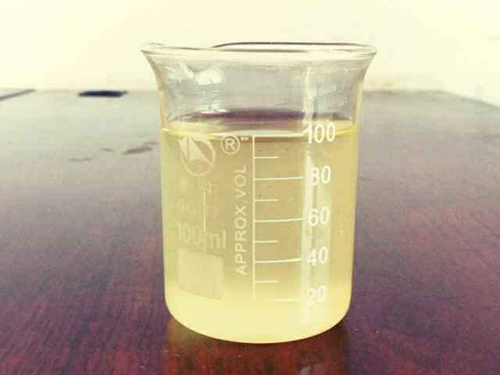Exploring Different Types of Flocculants for Enhanced Water Treatment Solutions
Understanding Flocculant Types A Comprehensive Overview
Flocculants play a pivotal role in various industries, particularly in water treatment, mineral processing, and paper manufacturing. These chemical agents facilitate the aggregation of fine particles into a floc, which can then be easily removed from the solution. Understanding the different types of flocculants available is essential for optimizing processes and achieving desired outcomes.
1. Polyacrylamide-Based Flocculants
Among the most widely used flocculants are polyacrylamide-based compounds. These synthetic polymers are effective because of their ability to form large, dense flocs. Polyacrylamide can be cationic, anionic, or nonionic, depending on the charge of the polymer chains.
- Cationic Polyacrylamides These contain positive charges and are particularly effective in treating wastewater rich in negatively charged particles, such as organic matter and suspended solids. They promote particle aggregation and improve settling rates.
- Anionic Polyacrylamides With negative charges, these flocculants work best in neutral to alkaline conditions and are suitable for suspensions that are positively charged.
- Nonionic Polyacrylamides These are neutral and do not carry a charge. They are often used in more stable environments where the interaction with particulate matter is primarily physical rather than ionic.
The versatility of polyacrylamide-based flocculants makes them a preferred choice in many industrial applications due to their efficiency and effectiveness.
Natural flocculants, derived from plant and animal sources, offer an environmentally friendly alternative to synthetic options. They are particularly appealing due to their biodegradable nature and lower toxicity. Common examples include
- Starch A widely used natural flocculant, starch can effectively stabilize suspensions and promote sedimentation. It is particularly useful in the food industry and for wastewater treatment.
- Chitosan Extracted from the shells of crustaceans, chitosan is a biopolymer that possesses excellent flocculation properties. It's particularly effective in removing color and heavy metals from wastewater.
flocculant types

- Alginate Derived from seaweed, alginate is another popular natural flocculant that can enhance the settling of solids in various applications. It is often used in the beverage and food processing industries.
Natural flocculants may not always match the performance of synthetic counterparts, but they present a sustainable option, particularly in environmentally sensitive areas.
3. Inorganic Flocculants
Inorganic flocculants, such as aluminum sulfate (alum) and ferric chloride, have been used for decades in wastewater treatment and drinking water purification. These compounds work by neutralizing the charges on suspended particles, allowing them to coalesce into larger flocs, which can then be easily separated.
- Alum As one of the most common inorganic flocculants, alum has been used for over a century. It is particularly effective in removing turbidity and microorganisms from water.
- Ferric Chloride This inorganic flocculant is often preferred in situations where high levels of phosphates need to be managed, as it can aid in the precipitation of phosphorus.
Inorganic flocculants can offer quick results and are often more cost-effective than their organic counterparts, although they may require careful handling due to potential environmental impacts.
4. Hybrid Flocculants
Hybrid flocculants represent a new wave of flocculation technology, combining the benefits of both synthetic and natural agents. These products leverage the strengths of various materials to enhance flocculation efficiency while minimizing environmental impacts. Hybrid flocculants are particularly useful in complex wastewater treatment scenarios, providing tailored solutions for specific challenges.
Conclusion
The selection of an appropriate flocculant is fundamental to the success of industrial processes. Understanding the differences among polyacrylamide-based, natural, inorganic, and hybrid flocculants allows industries to tailor their approaches to meet specific needs while considering economic and environmental impacts. As technology progresses, the development of new flocculants continues to evolve, promising even more efficient and sustainable solutions for particle aggregation in various applications.
-
The Power of Isothiazolinones in Modern ApplicationsNewsMay.08,2025
-
Flocculants in Water TreatmentNewsMay.08,2025
-
Flocculants and Chemical Solutions: What You Need to KnowNewsMay.08,2025
-
Flocculants and Chemical Solutions: A Growing IndustryNewsMay.08,2025
-
Essential Chemicals: Polymaleic Anhydride and MoreNewsMay.08,2025
-
Acrylic Polymers: Essential Solutions for IndustryNewsMay.08,2025





